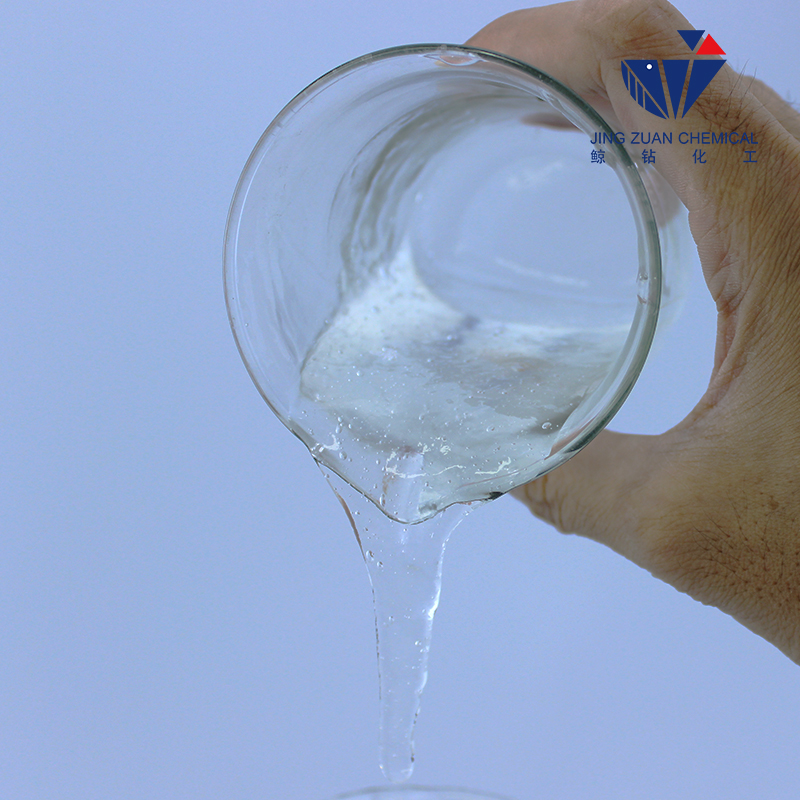
ஆக . 15, 2024 08:43 Back to list
Exploring the Chemical Structure and Applications of Hydroxyethyl Cellulose in Various Industries
Understanding Hydroxyethyl Cellulose Structure, Properties, and Applications
Hydroxyethyl cellulose (HEC) is a non-ionic, water-soluble polymer derived from cellulose, which is naturally occurring in the cell walls of plants. Its chemical formula can be represented as (C2H4O)n, indicating that it is a polymer of hydroxyethyl groups combined with the cellulose backbone. HEC's unique properties make it a versatile ingredient used in various industries, including pharmaceuticals, cosmetics, and food.
Chemical Structure
The basic building block of hydroxyethyl cellulose is cellulose, which consists of a long chain of glucose units. To synthesize HEC, hydroxyethyl groups are introduced into the cellulose structure. This modification enhances the solubility of cellulose in cold water and provides the polymer with various functional properties. The degree of substitution (DS) of hydroxyethyl groups on the cellulose chain can vary, affecting the viscosity and other physical properties of the final product.
Properties of Hydroxyethyl Cellulose
HEC is renowned for its thickening, gelling, and stabilizing properties. When dissolved in water, HEC forms a viscous, transparent solution that exhibits pseudoplastic behavior, meaning that its viscosity decreases with increasing shear rate. This characteristic makes it useful in a variety of applications where a stable, easily pumpable solution is required.
Additionally, HEC is non-toxic and has no known irritant effects, making it suitable for use in personal care products, such as lotions, shampoos, and creams. Due to its ability to retain moisture, HEC is often utilized in formulations aimed at hydrating the skin or hair.
hydroxyethyl cellulose chemical formula

Applications in Various Industries
1. Pharmaceuticals In the pharmaceutical industry, HEC is used as a binder and thickener in the production of tablets and capsules. Its ability to form gels also aids in the development of topical ointments and creams, where it enhances the product's consistency and application properties.
2. Cosmetics The cosmetic sector heavily relies on hydroxyethyl cellulose for its thickening and emulsifying properties. It is commonly found in products such as sunscreens, hair conditioners, and facial masks. HEC helps improve the spreadability of these products while also providing a pleasant feel upon application.
3. Food Industry In the food industry, HEC acts as a thickening agent and stabilizer, particularly in sauces, dressings, and dairy products. It helps maintain product consistency and prolongs shelf life, ensuring a stable texture throughout.
4. Construction Beyond its applications in personal care and food, HEC is also utilized in the construction industry as a thickener and binder in cement-based products. It improves workability, reduces water loss during the setting process, and enhances adhesion properties.
Conclusion
Hydroxyethyl cellulose is an essential polymer with numerous applications across various fields. Its unique properties, including its non-toxic nature and versatility, make it a preferred choice in formulations requiring thickening, gelling, or stabilizing agents. Whether in pharmaceuticals, cosmetics, food, or construction, HEC continues to play a pivotal role in enhancing product performance and consumer satisfaction. As research and technology advance, the potential applications and formulations of hydroxyethyl cellulose are likely to expand, further cementing its importance in modern industry.
-
Unlocking the Benefits of HPMC Products: A Gateway to Versatile Applications
NewsAug.07,2025
-
Unleashing the Potential of HPMC Ashland: A Comprehensive Look
NewsAug.07,2025
-
Tile Bonding Cellulose: The Key to Superior Adhesion and Durability
NewsAug.07,2025
-
Hydroxypropyl Methylcellulose Powder: The Versatile Component in Modern Pharmaceuticals
NewsAug.07,2025
-
Hydroxyethyl Cellulose: The Versatile Solution for Various Industries
NewsAug.07,2025
-
Hydroxyethyl Cellulose (HEC): The Versatile Polymer for Various Applications
NewsAug.07,2025







